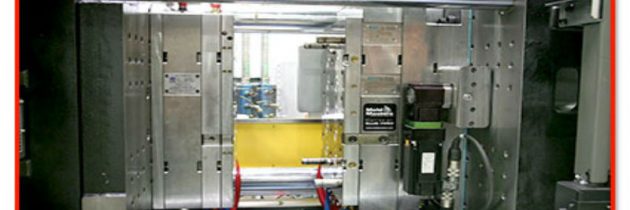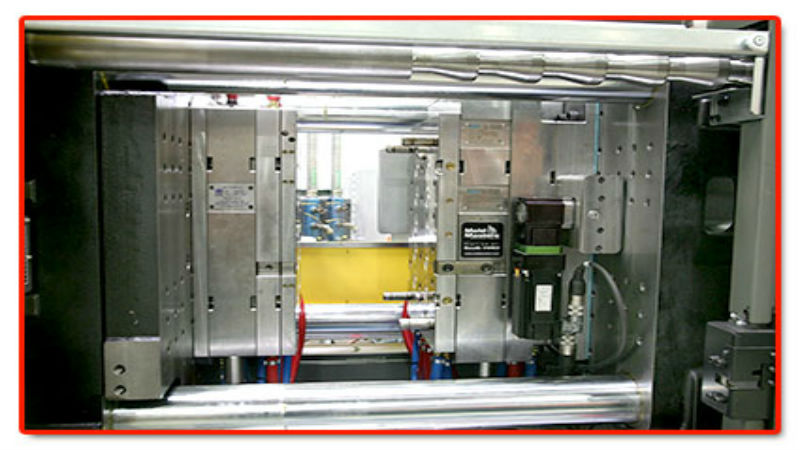In the past, many items used in medical care such as syringes and small parts for medical equipment were made of metal or glass. However, innovations in the plastics industry have resulted in manufacturing processes that have made it possible to fashion these items out of plastics by using injection molding. Using this process means lower costs, safer instruments, and safer equipment for patient care.
The Process
Medical injection molding is the process of creating custom products by injecting heated plastic into specially designed molds. Once the plastic cools, the result is an item or part that may be used alone or as part of a piece of equipment. The following are some examples of items used in patient care that are made by the injection molding process:
* Syringes
* Containers like pill bottles
* Small parts for large medical equipment
* Tools used in medical procedures
Advantages of Plastic Injection Molding
The advantages of medical equipment and treatment supplies made by medical injection molding include durability and disposability. In the healthcare industry, having disposable supplies and equipment is of the utmost importance because using disposables reduces the risk of contamination that leads to infection.
Selecting a Manufacturer
When selecting a manufacturer to perform medical injection molding, it is important to seek a firm that can demonstrate the use of techniques that meet critical tolerance standards. This means that the materials used must be suitable for the purpose, and the part design and measurements must be precise. Shrinkage, the friction that might impact sliding surfaces, and the size of the machine used for molding can impact the integrity of the final product.
There is no room for error when manufacturing parts used in applications where there is a risk of injury due to defective parts. Custom insert injection molding is important for products that require plastic parts that fit into or around items made of other materials.
Molds used must be precise and should meet OEM standards. This means that if a replacement part is being created it meets the original equipment manufacturers standards, ensuring that the item will be an replica of the original.
Finally, a manufacturer should be able to build custom molding systems or offer turnkey systems for customers who would rather manufacture their parts or products in house.



